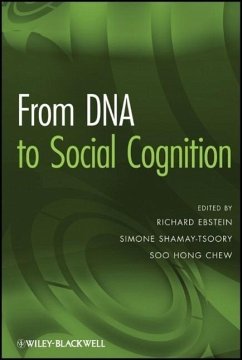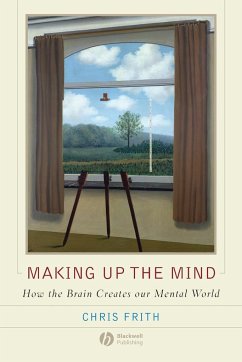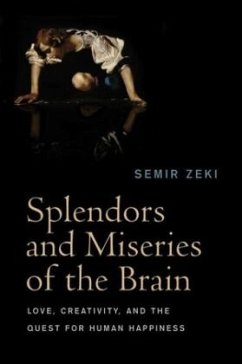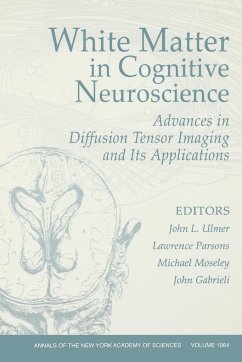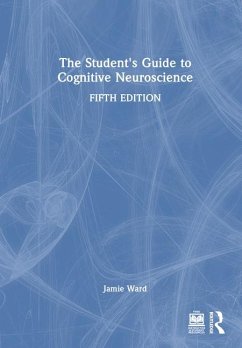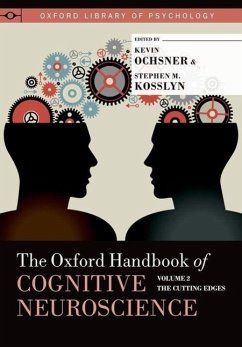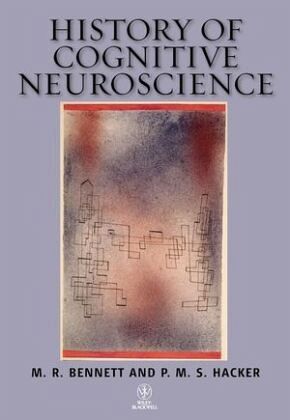
History of Cognitive Neuroscience
Versandkostenfrei!
Versandfertig in über 4 Wochen

PAYBACK Punkte
79 °P sammeln!




Die neurowissenschaftlichen Experimente der vergangenen eineinhalb Jahrhunderte werden einschließlich der Stichhaltigkeit der von ihnen abgeleiteten Erkenntnisse dargestellt.
M. R. Bennett is Professor of Neuroscience, University Chair and Scientific Director of the Brain and Mind Research Institute at the University of Sydney. He is the author of many papers and books on neuroscience as well as the history and philosophy of neuroscience, including The Idea of Consciousness (1997) and A History of the Synapse (2001). He is past President of the International Society for Autonomic Neuroscience, past President of the Australian Neuroscience Society, as well as the recipient of numerous awards for his research, including the Neuroscience Medal, the Ramaciotti Medal, the Macfarlane Burnet Medal and the Order of Australia. P. M. S. Hacker is an Emeritus Research Fellow of St John's College, Oxford, UK. He is the author of numerous books and articles on philosophy of the mind and philosophy of language, and is the leading authority on the philosophy of Wittgenstein. Among his many publications is the four-volume Analytical Commentary on Wittgenstein's Philosophical Investigations, and its epilogue, Wittgenstein's Place in Twentieth Century Analytic Philosophy. His most recent work is Human Nature: The Categorial Framework, the first volume of a trilogy on human nature. Together, M. R. Bennet and P. M. S. Hacker have authored the acclaimed Philosophical Foundations of Neuroscience (Blackwell, 2003).
Produktdetails
- Verlag: Wiley & Sons
- 1. Auflage
- Seitenzahl: 320
- Erscheinungstermin: 1. November 2008
- Englisch
- Abmessung: 249mm x 178mm x 25mm
- Gewicht: 760g
- ISBN-13: 9781405181822
- ISBN-10: 1405181826
- Artikelnr.: 23561439
Herstellerkennzeichnung
Libri GmbH
Europaallee 1
36244 Bad Hersfeld
gpsr@libri.de
Für dieses Produkt wurde noch keine Bewertung abgegeben. Wir würden uns sehr freuen, wenn du die erste Bewertung schreibst!
Eine Bewertung schreiben
Eine Bewertung schreiben
Andere Kunden interessierten sich für


